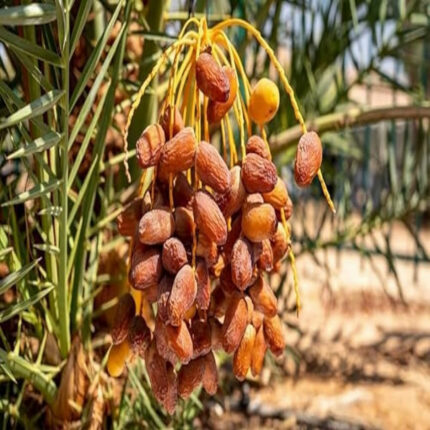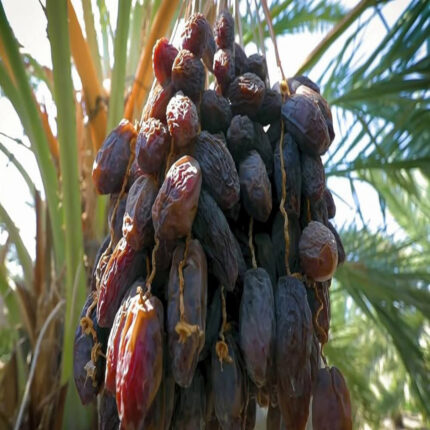Maintaining plants involves several key steps to ensure their health and vitality:
- Watering: Providing the right amount of water is crucial. This varies depending on the plant species, soil type, and environmental conditions. Generally, it’s best to water deeply but infrequently to encourage deep root growth.
- Fertilizing: Plants need nutrients to thrive. Fertilize plants during the growing season with a balanced fertilizer or one specifically formulated for their needs, following package instructions.
- Pruning: Regular pruning helps maintain the shape and health of plants. Remove dead or diseased branches, as well as any crossing or overcrowded branches. Pruning also encourages new growth and flowering.
- Weeding: Weeds compete with plants for water, nutrients, and sunlight. Regularly remove weeds from the garden to prevent them from overtaking your plants.
- Mulching: Applying mulch around plants helps retain moisture, suppress weeds, and regulate soil temperature. Use organic mulches like wood chips, straw, or compost.
- Pest and Disease Control: Monitor plants for signs of pests and diseases, such as unusual spots on leaves or insect damage. Treat problems promptly with organic or chemical controls as necessary.
- Support: Some plants, like tomatoes or tall flowers, may need support to prevent them from bending or breaking under their own weight. Use stakes, cages, or trellises to provide support as needed.
- Monitoring: Regularly inspect plants for signs of stress, nutrient deficiencies, or other issues. Adjust care practices as needed to address any problems promptly.
By following these maintenance practices, you can help keep your plants healthy and thriving throughout the growing season.





















Riya Contractor –
Extremely happy about how fresh the plants arrived. Really appreciate the care. Thank you Royals Plant!
Tiya Sheth –
Loved the the healthy condition of the plants. Highly recommended! Superb experience with Royals Plant.
Stuvan Sathe –
Truly amazed by the smooth order process. Love the service. Love you Royals Plant!
Madhav Gola –
Very satisfied with the smooth order process. Highly recommended! Love you Royals Plant!
Akarsh Som –
Exceeded my expectations in the plant condition on arrival. Such a pleasant experience. Great job, Royals Plant.
Divit Chakrabarti –
Totally worth it! the customer service and plant quality. Big thumbs up! Love you Royals Plant!
Parinaaz Das –
Absolutely loved the smooth order process. Keep up the good work! Ordering again from Royals Plant.
Amani Chana –
Honestly a great experience with the customer service and plant quality. Big thumbs up!
Inaaya Chaudhuri –
Super happy with the neat packaging and freshness. Really appreciate the care. Great job, Royals Plant.
Subhajit Ghosh –
My plant arrived full and healthy. It made a perfect gift and is flourishing wonderfully. The plant was packaged safely with care, using eco-friendly materials which I appreciated.
Rupam Banerjee –
Great value for the price. The plant was lush, green, and clearly handled with care. The packaging was very secure, with protective layering to prevent any damage during shipping.
Vihaan Shukla –
Good quality, on-time delivery.
Ehsaan Wagle –
Very fresh plant, nicely packed!
Shaan Swaminathan –
Arrived safely and was well packed.
Anaya Rajan –
Loved the plant, very healthy.
Shalv Ganesan –
Very fresh plant, nicely packed!
Nehmat Wagle –
Loved the plant, very healthy.
Heer Batta –
Good quality, on-time delivery.
Akarsh Kunda –
Very fresh plant, nicely packed!
Souvik Chatterjee –
Received a lovely, well-grown plant that added charm to my balcony garden. Highly recommended. The plant was packaged safely with care, using eco-friendly materials which I appreciated.
Rupsha Banerjee –
Absolutely loved the quality of the plant. It was vibrant, healthy, and looked even better than the pictures online. The plant was packaged safely with care, using eco-friendly materials which I appreciated.
Tanaya Basu –
Absolutely loved the quality of the plant. It was vibrant, healthy, and looked even better than the pictures online. The packaging was very secure, with protective layering to prevent any damage during shipping.
Alisha Wadhwa –
Received my fourth order from Royals Plant and once again, it exceeded expectations. Thank you for keeping up the consistency and quality every time.
Anya Wason –
I had ordered three different types of plants, and all of them arrived in excellent shape. The soil was moist and the pots were very sturdy. Really impressed.
Abram Shankar –
I love how neatly everything was packed. All the plants arrived in perfect condition and are growing really well. Excellent quality and care taken with each one.
Vidur Ravi –
Beautiful, fresh, and well-maintained plants. The attention to detail in packaging was noticeable and appreciated. My entire indoor setup now looks so much better.
Vardaniya Kapadia –
Beautiful, fresh, and well-maintained plants. The attention to detail in packaging was noticeable and appreciated. My entire indoor setup now looks so much better.
Ivana Bakshi –
Beautiful, fresh, and well-maintained plants. The attention to detail in packaging was noticeable and appreciated. My entire indoor setup now looks so much better.
Mohanlal Kakar –
Unboxing the plants was such a delight. Everything looked exactly like the pictures. Healthy leaves, strong stems, and no damage during transit whatsoever.
Jivika Bhargava –
I had ordered three different types of plants, and all of them arrived in excellent shape. The soil was moist and the pots were very sturdy. Really impressed.
Saanvi Mannan –
I had ordered three different types of plants, and all of them arrived in excellent shape. The soil was moist and the pots were very sturdy. Really impressed.
Jivin Atwal –
Unboxing the plants was such a delight. Everything looked exactly like the pictures. Healthy leaves, strong stems, and no damage during transit whatsoever.
Nehmat Bala –
Excellent service and beautiful plants.
Jhanvi Choudhury –
Beautiful, fresh, and well-maintained plants. The attention to detail in packaging was noticeable and appreciated. My entire indoor setup now looks so much better.
Misha Mani –
Everything was well packed and delivered safely.
Ritvik Ratta –
Beautiful, fresh, and well-maintained plants. The attention to detail in packaging was noticeable and appreciated. My entire indoor setup now looks so much better.
Raunak Dhingra –
The variety of plants available is amazing. I received my order on time, and the plants were lush and green. It added so much life to my living room!
Chirag Koshy –
Excellent service and beautiful plants.
Badal Soman –
Wonderful experience, highly recommended.
Reyansh Johal –
Great experience ordering online, will come back again.
Adira Shukla –
Loved the variety and freshness of the plants received.
Alisha Basu –
Very impressed with the packaging and plant quality.
Hiran Dar –
The quality exceeded my expectations.
Inaaya Varty –
Wonderful experience, highly recommended.
Suhana Borah –
Very impressed with the packaging and plant quality.
Jivin Ratti –
Great experience ordering online, will come back again.
Pranay Dutt –
Affordable and premium quality plants.
Jivin Mammen –
Affordable and premium quality plants.
Anay Verma –
Affordable and premium quality plants.
Yuvraj Shukla –
Royals Plant service was quick and plants were very healthy.